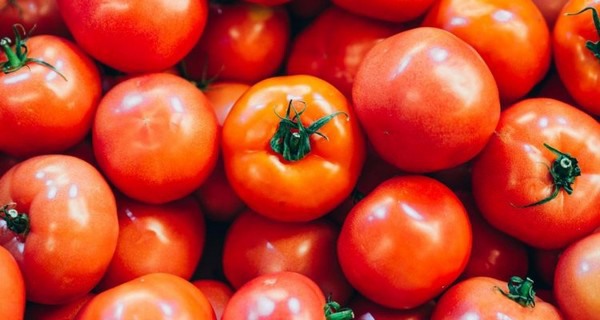Monitoring product quality is essential to combat food waste in the fruit and vegetable chain. Freshness and shelf life of fruit and vegetables are essential here but are still often measured using subjective and destructive methods. The Business Unit Greenhouse Horticulture and Flower Bulbs of Wageningen University & Research and Wageningen Food & Biobased Research (WFBR) are investigating how sensors and image analysis can measure and predict the freshness and shelf life of, for example, a tomato.

There are a number of product properties that have a major impact on the quality of a tomato: the sugar content (the 'brix'), the acidity, firmness, and juiciness. These properties can be measured objectively by performing destructive measurements in a laboratory. WUR is investigating the potential of a non-destructive method with the help of sensors and image analysis, for example, with a mobile scanner. As a result, the freshness and shelf life of a tomato will be determined quickly, objectively, and reliably in the post-harvest phase. Moreover, the tomato does not have to be damaged, and more fruits can be analyzed in a short time.
Models to determine shelf-life and predict freshness
In the project, it is first determined how the product properties are related to freshness and shelf life. After all, every tomato is not like the other, varieties differ with respect to their freshness and shelf-life. That is why a wide range of varieties is measured in the project. During the measurements, the truss tomatoes are objectively measured by sensors and image analysis, and in parallel, the trusses are compared with the judgments of experts and consumer panels. Based on the combined data set, WUR develops models to determine shelf-life and predict freshness over time.
 For more information:
For more information:
Wageningen University & Research
www.wur.nl
